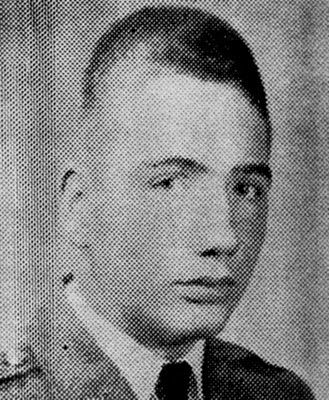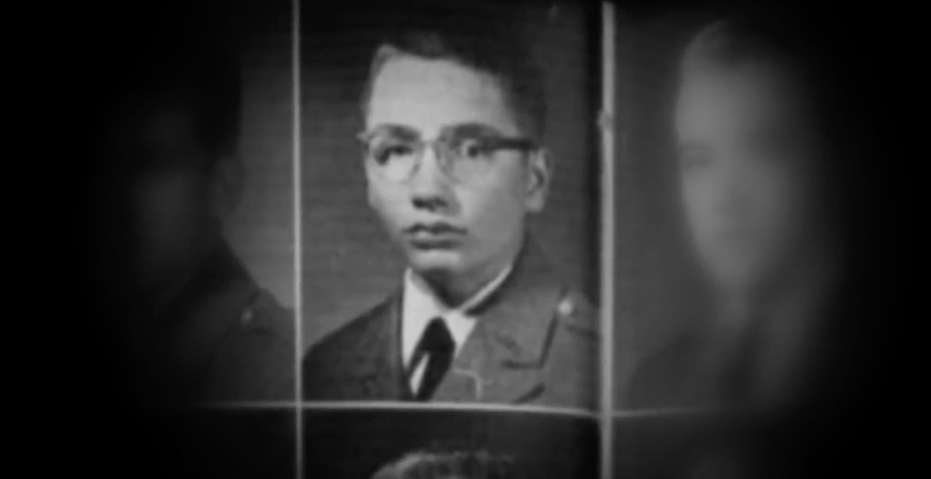
In May 1962, Heidnik was posted to the 46th Army Surgical Hospital in Landstuhl, West Germany. His job title was Orderly.
Three months after arriving at Landstuhl, he went on sick call.
On August 25, 1962, he asked to see a doctor, saying he had dizzy spells, headaches, and blurred vision in his right eye. He was nauseated much of the time and was vomiting, he added. The doctor noted Heidnik also had a visible tic; at irregular intervals his head would jerk horizontally. A hospital neurologist examined him and decided he was suffering from gastroenteritis. He also noted that Heidnik seemed to exhibit symptoms of a mental illness: he was either schizoid or schizophrenic.
Dr. Jack Apsche, a Philadelphia psychologist who spent months piecing together Heidnik’s complicated medical records, said those initial symptoms the soldier Heidnik suffered pointed not so much toward psychosis as to the after-effects of hallucinogens. While schizophrenics are noted for emotional frigidity, aloofness, and an inability to develop close relationships, Heidnik’s complaints were subtly different. He admitted he did not respond well to authority, and he also griped that others did not like him because he performed his jobs better than they did. “I was by far the best,” he told one doctor, and others “pulled rank out of jealousy.”

Also, when Apsche saw the drugs that were prescribed for Heidnik, an alarm went off. His medication included Stelazine, which particularly attracted Apsche’s attention. It is a major tranquilizer. Not a Valium. Stelazine has K-I-C-K. “If one examines the adverse reaction of these drugs as listed in Physicians Desk Reference, it would be questionable why someone would be placed on these without a diagnosis of severe psychosis or some other psychiatric definition,” said Apsche. “It is obvious that they are drugs of choice for someone who is hallucinating.” Apsche believed the Army must have understood Heidnik’s condition was serious.
On October 25, two months to the day after he reported sick, Heidnik was transferred back to the United States, to the military hospital in Valley Forge, Pennsylvania. There, in addition to his other symptoms, an attending physician said Heidnik also complained of “seeing things moving.” The doctor noted this suggested an “hallucinatory experience.” This had not been recorded in his Landstuhl file although Heidnik later told Apsche he had listed it among his symptoms when he was first examined. Its absence in his initial file suggested to Apsche that it may have thrown the entire diagnosis out of kilter. “Either Heidnik was having a psychotic reaction (vis-à-vis the hallucination) or was responding to an hallucinatory agent. Since he was not a schizoid personality type,” said Apsche, “it is understandable that this diagnosis (of schizophrenia) was totally erroneous and that Heidnik was having an hallucinatory experience.’’
Three months later, on January 23, 1963, an Army board reviewed the diagnosis of Heidnik as someone suffering from a schizoid personality disorder and recommended he be given an honorable discharge. Heidnik protested, but it did no good. A week later he was dismissed from the service. Ultimately, he would be judged one hundred percent mentally disabled. On January 30, 1963, without being released from the hospital, Heidnik was given an honorable discharge. He served only fourteen months of a thirty-six month enlistment. He also received a pension for a service-connected mental disability. The pension was originally ten percent, but once his papers worked their way through all the channels, it was raised to one hundred percent and made retroactive to his discharge date.
(Source: Cellar of Horror: The Story of Gary Heidnik by author Ken Englade)











Anyone done a deep dive into all the military serial killers that spent time in Germany.... Heidnik, Dahmer, John Allen Muhammed, even.. Tim McVeigh. Something weird going on.